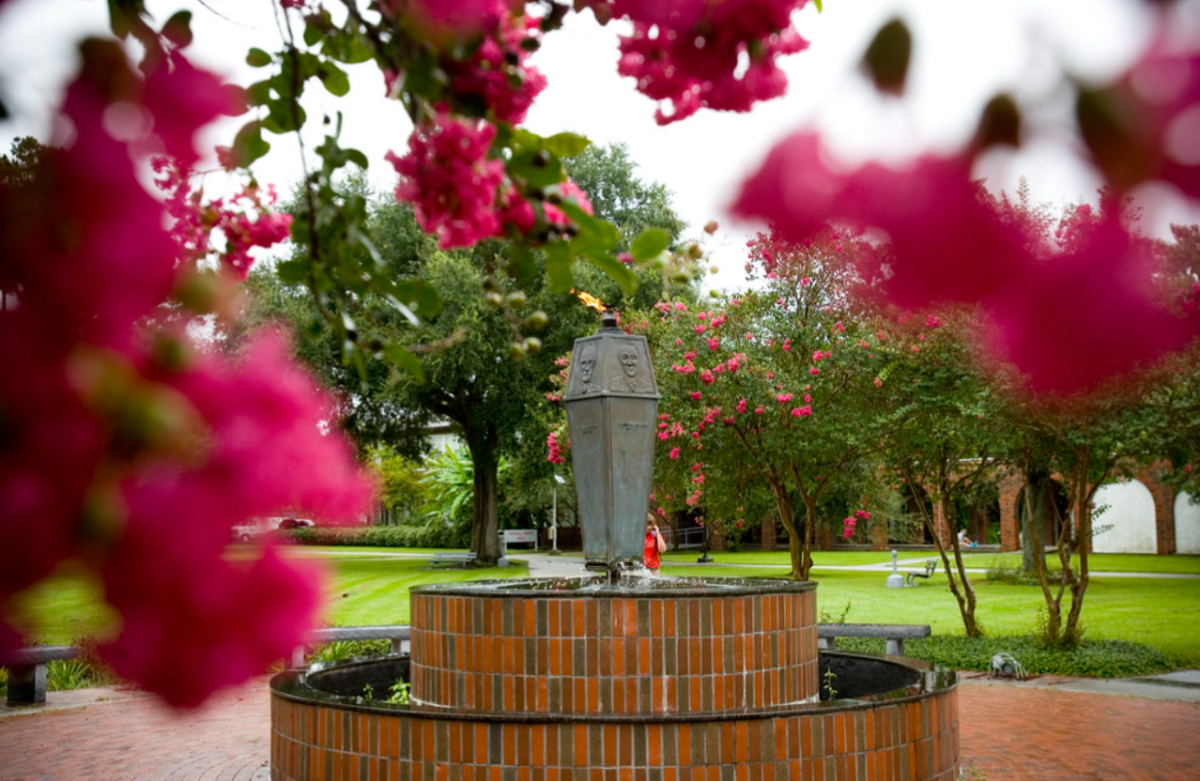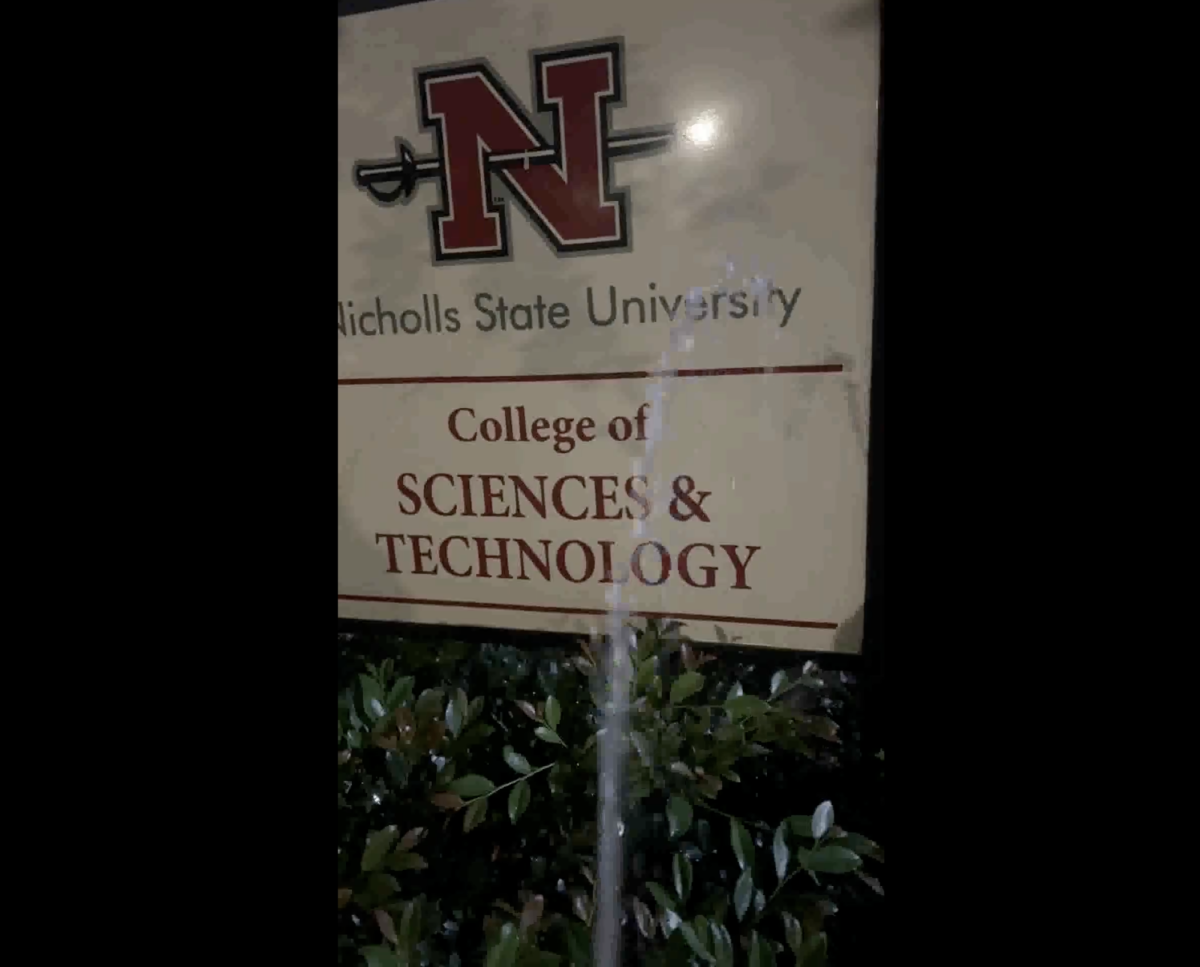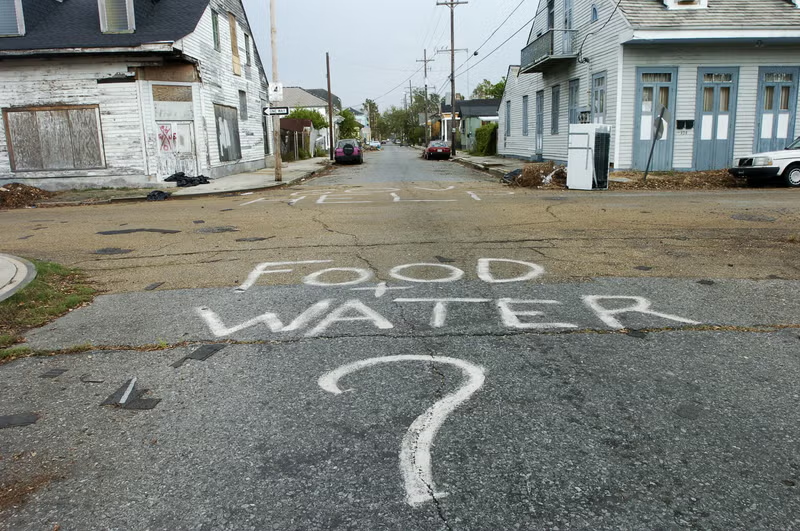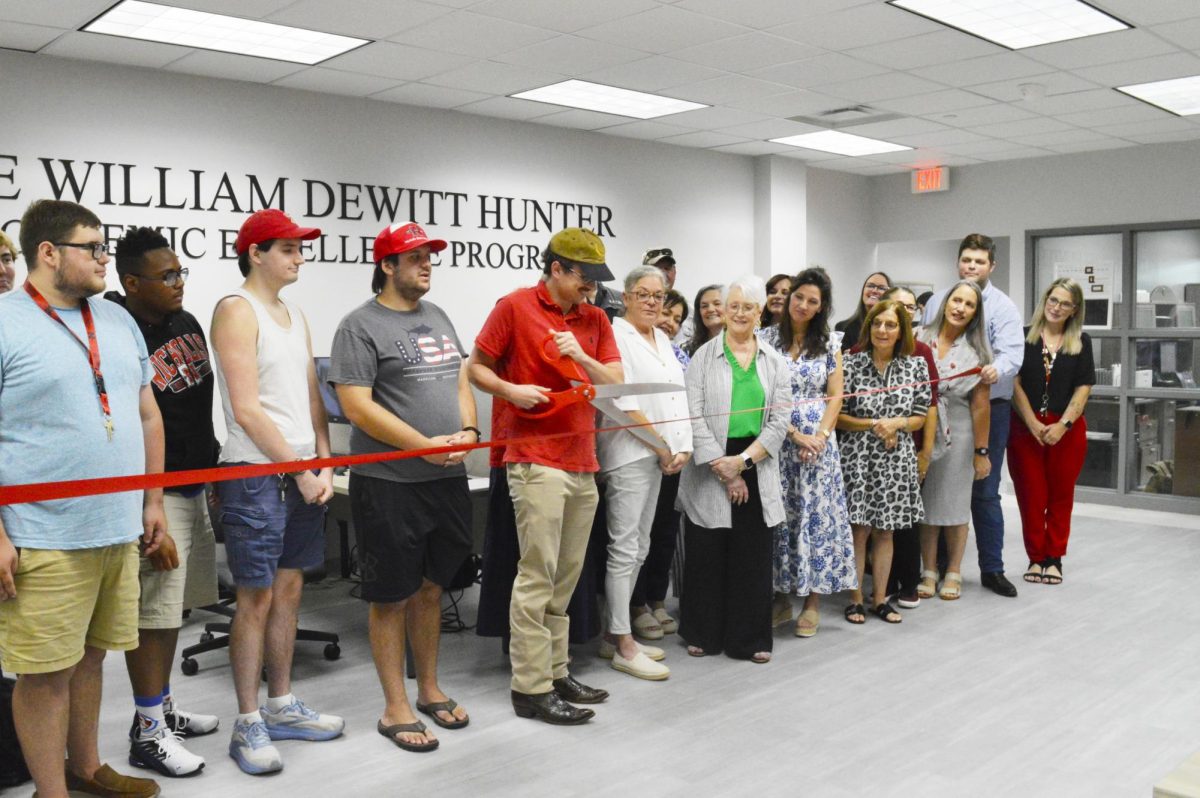Ductbuster’s vehicle is still visible on campus, but the mold problem in Gouaux hall has been resolved.
Ductbusters is working at night to coat all of the air handlers that cover the vents and air ducts with a special coating that will prevent the growth of mold and other bacteria, Mike Davis, assistant vice president for business affairs for procurement and physical plant operations, said.
The decision to continue cleaning the air system was based on the findings in air quality tests that were done in November.
“Although there were only two areas that indicated that it [mold] was airborne, we decided to go in and treat the entire building,” he said.
“They are not actively finding any type of mold or mildew, this is just a preventative measure to kill any type of mold or spores that may enter into the air system.”
Ductbusters is testing each area that is cleared, and so far the findings have been negative. When they are completely finished with the job, the University plans to do one last test to make sure the air levels are where they should be, Davis said.
Both Gouaux Hall and Peltier Hall were tested, and there were some findings of mold in Peltier Hall as well.
“We have gone in and replaced some sheetrock, that was on the first floor of Peltier, and we have gone in and cleaned that out completely. Additional testing in Peltier turned up nothing,” Davis said.
According to Davis, only one student has gone to Davis to ask what measures the University would be taking to rid of this health hazard. To date, Davis said that was the only person who contacted him about feeling ill.
Dr. John Green, professor of biological sciences, had suffered health problems when the mold problem was at its worst.
“I think the building is very safe, as far as I am concerned,” he said.
“I don’t think I have heard anyone complain about the problems.”
Davis said the University has begun to send personnel to training seminars, so they may be more aware of mold and mildew and how to effectively treat it.
“We are becoming a little bit more aware of those things,” Davis said.
This problem has cost the University about $145,000, he said.
“We are attempting to get insurance to cover some, but we do not have word yet on whether it will or not,” Davis said.
The University is looking into a redesign of the air-conditioning system in the hall to help alleviate the high humidity problem.
“The humidity in that building is at times elevated, and of course that creates an atmosphere that is conducive to mold, so we are looking at that right now and getting some costs estimates,” Davis said.
Davis said he does not know of any further steps the University could take to totally prevent this type of problem from ever happening again, but that they will use what they have learned in case this type of problem arises in the future.
“Can you totally prevent mold from developing in the building? Not forever, because certainly if there is mold that enters the building in whatever form, high humidity, leaky roofs, floods whatever, could create an atmosphere that could promote the growth of mold and mildew,” Davis said.
“We think we have a pretty good handle on what has happened, and have taken appropriate measures to correct it.”
Davis said the things that are left in the building to be done are the floating of sheetrock and painting.
“We are swinging back in there to finish the job,” Davis said.







